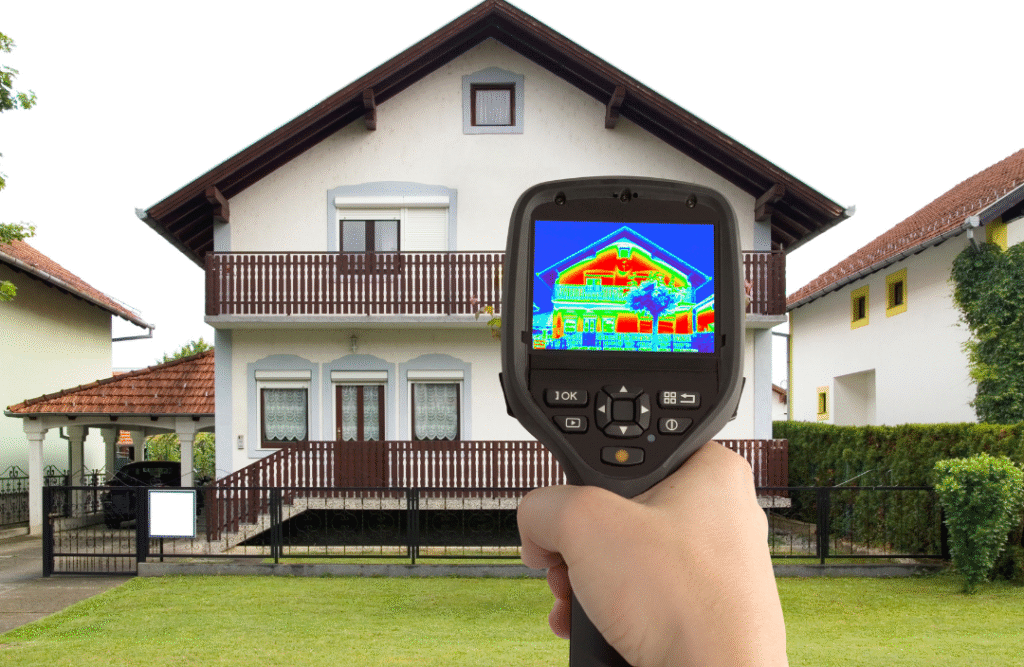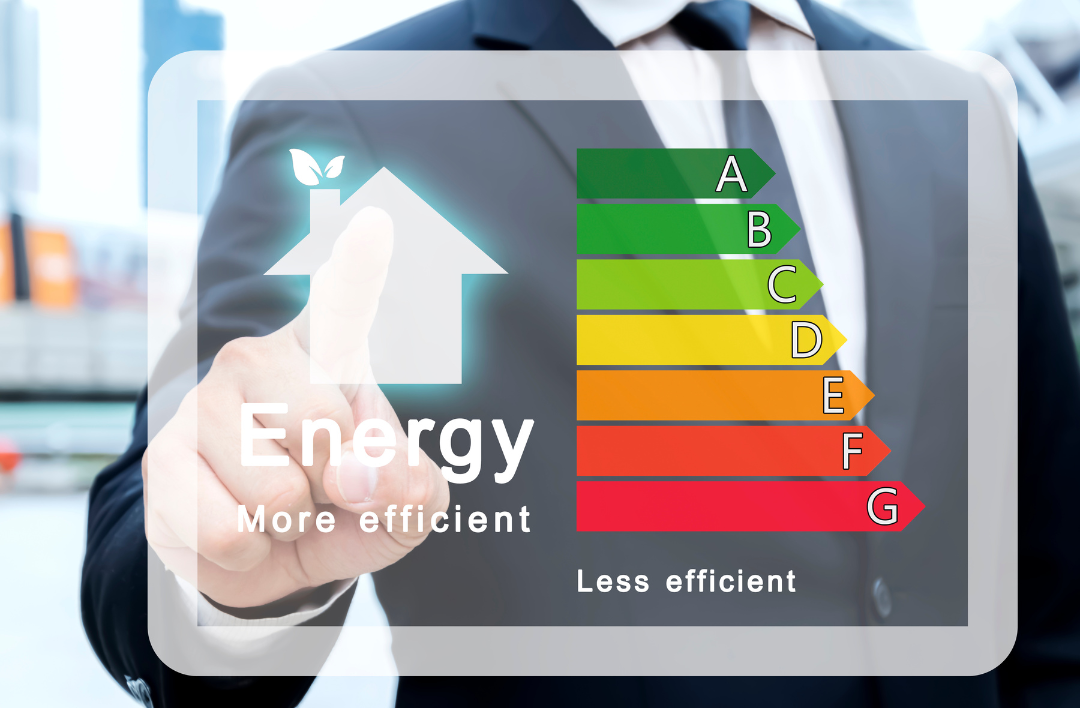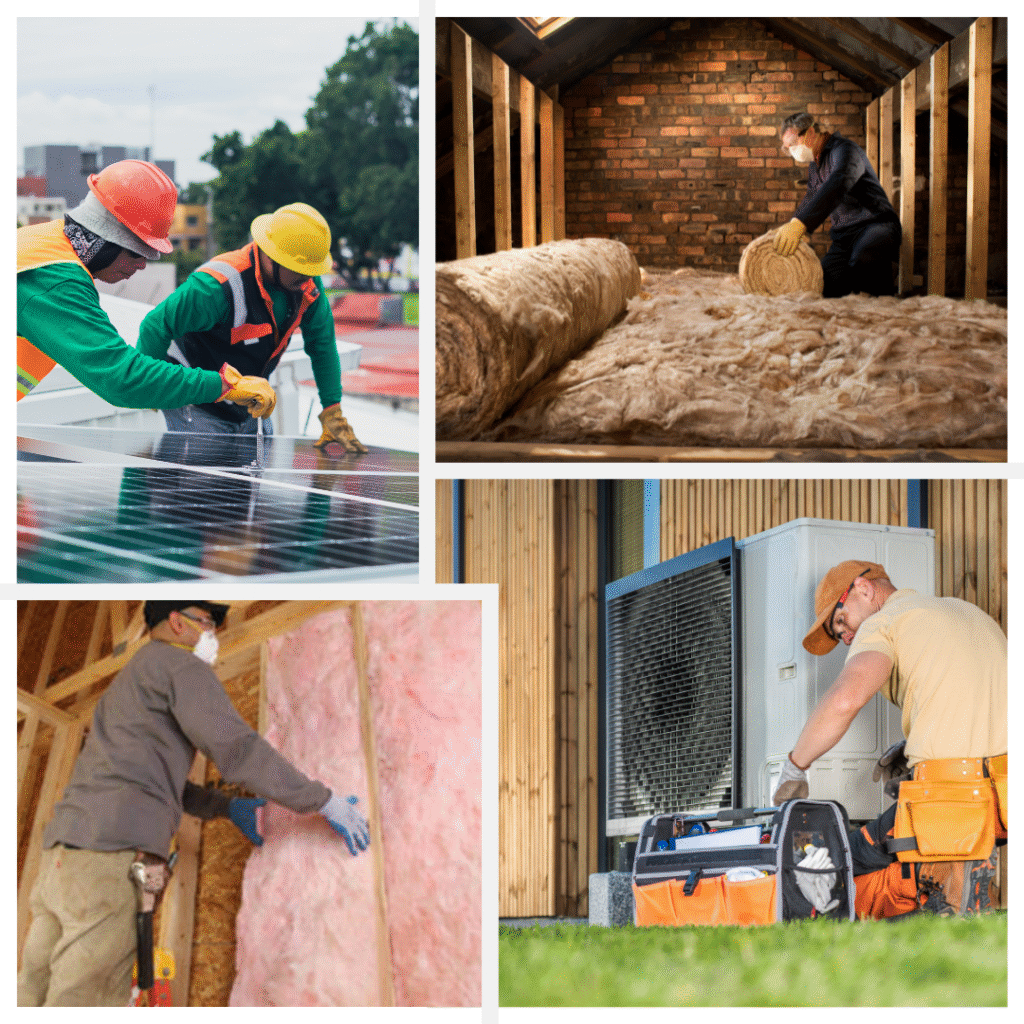Retrofit Technical Monitoring is a crucial aspect of ensuring that retrofit projects are executed efficiently, meet energy performance goals, and comply with sustainability standards throughout their lifecycle. It spans all stages of the retrofit process, from initial assessments (C1) to post-retrofit performance evaluations (C4). By tracking energy consumption, system performance, and compliance at each stage, Retrofit Technical Monitoring ensures that energy-saving strategies are implemented correctly, enhancing building performance and minimizing environmental impact.
In sustainable building projects, Retrofit Technical Monitoring plays a vital role in managing energy performance, optimizing retrofitting interventions, and ensuring that building systems meet regulatory standards. This process guarantees that your retrofit investment delivers the intended energy savings and improves the long-term performance of the building.
During Pre-Retrofit Monitoring (C1), we are concerned with putting in place the base performance, as well as detecting any inefficiency present. In this step, it is critical in order to guarantee that any planned interventions in the future are well informed on the existing energy usage in the building and to the performance of its system.
Carry out a detailed study of the energy consumption trends in the building.
To conduct thermal performance, evaluate the building structure and construction envelope.
Pinpointer air leaking areas and determine thermo performance by conducting state-of-the-art testing.
Follow industry regulations on the energy utilisation of the building and compare it with other comparable properties.
Evaluate the HVAC system in place and other building critical systems.
Carry out energy simulations and energy modelling which project the potential energy savings of retrofitting.
Carry out elaborate surveys to determine the general state of building and any structural/ energy performance problems.

At the Design & Planning Monitoring stage (C2), we will verify retrofit designs and make sure that the materials chosen by us can match performance objectives. This step will be critical in assuring that the intended retrofit measures will accomplish the targeted results on energy efficiency and sustainability.
Fetch the assumed energy saving up by elaborated simulating and modelling.
Review and confirm the specifications of materials and products that are to be used in retrofit.
Retrofit designs so that they are energy efficient and have limited effects on the environment.
Make sure the retrofit design will be able to pass some of the most important industry standards and certifications.

Book a consultation or schedule a site assessment to begin your compliant retrofit journey with Compliant Retrofits. Let us guide you through the retrofit process, ensuring energy efficiency, sustainability, and long-term performance.
Installation & Implementation Monitoring phase (C3) is dedicated to the monitoring of the process of installation of the retrofit to guarantee that the total work is carried out at the highest level, on schedule, and within budget. Chain123 team is also focused and takes care about all safety standards and performance criteria achievement.
Monitor the pace of all installation works and take care of them to be on time.
Oversee installation of energy saving systems such as HVAC upgrades, installation of solar panels and insulation upgrade.
All the retrofit installations should be of the best standard.
All the retrofit work should be made to conform to the requirements of PAS 2030 concerning installation and energy efficiency.

The Post-Retrofit Monitoring stage (C4) analyses the effectiveness of the retrofit project and determines whether it is satisfactory in terms of the anticipated energy performance and sustainability of the project. We assist and give comments on a regular basis to guarantee sustained performance keeping energy costs low.
Carry out after-retrofit energy audits to determine the energy savings.
Prove the efficiency of new installations and make the occupants comfortable.
Monitoring the long term energy performance of retrofitted systems.
Perform an analysis of the retrofit projects and the payback period of the retrofit project.

Compliant Retrofits provides a full service of Retrofit Technical Monitoring that covers the complete retrofit lifecycle, making it energy efficient and in compliance with the industry standards. The reasons as to why you should consider our services are:
Collaborate with certified professionals in the fields of energy-efficient retrofitting and the monitoring of buildings.
We deliver services that fully match recommendations on PAS 2030 and PAS 2035.
We offer all-through lifecycle monitoring, starting by first assessment to the post-retrofit review.
Get customized reports and auditing assistance to assist you to determine the organizational approach to retrofit results and areas that could be improved.

Retrofit Technical Monitoring follows up and observes the performance of retrofit systems that are to achieve energy efficiency and sustainability objectives.
It meets the standards of energy, maximizes the performance, and monitors the energy savings during the retrofit process.
Offering the possibility to keep track of energy consumption, system efficiency, and environmental impact, Retrofit Technical Monitoring can assist in making the most out of retrofitting to guarantee its sustainability.
It covers the entire project life circle that includes pre-retrofit (C1), design and planning (C2), installation monitoring (C3) and evaluation of performance after retrofit (C4).
To discuss a first consultation and how our services can assist you to realize an energy efficient retrofit, contact Compliant Retrofits now.
Indeed, our services make sure that all the retrofit works are carried out, in accordance with the standards and regulations put in place in the area and within the industry (namely, PAS 2030, PAS 2035, and green building certifications).